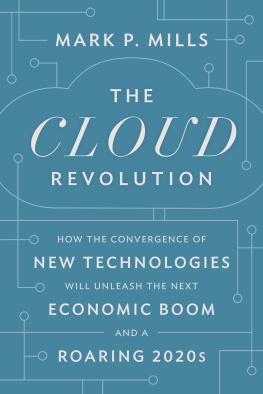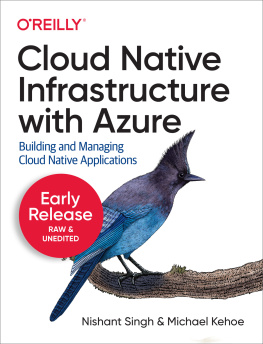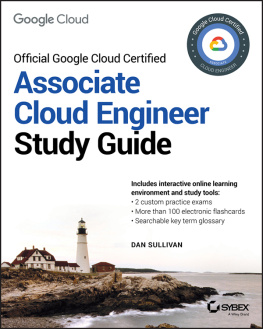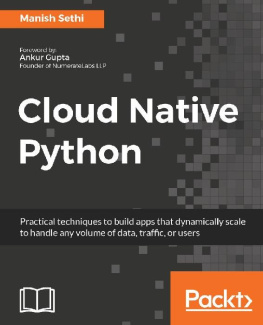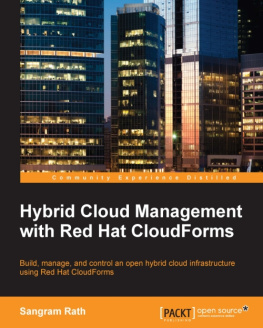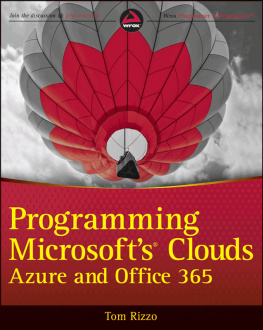The Information Infrastructure Era
The more energy, the faster the bits flip. Earth, air, fire, and water in the end are all made of energy, but the different forms they take are determined by information. To do anything requires energy. To specify what is done requires information.
S ETH L LOYD , MIT,
Programming the Universe (2006)
Given the resources committed to them, the reverence afforded to those who own them, the adoration of the masons who build them, and the awe for what they house, datacenters might be called the digital cathedrals of the twenty-first century. Datacenters do deserve a certain awe. They constitute a key feature of a system that, as Greenpeace accurately observed, is the largest thing we [will] build as a species.
That thing is the Cloud, the massive ecosystem of information-digital hardware. It is societys first new infrastructure in nearly a century.
Civilization is built on foundational infrastructures, the physical networks that provide society not just with core services, but the platforms enabling all the other features and services of a modern economy. All infrastructures entail energy and can be thus neatly divided into two general categories: those that consume energy, and those that produce it.
Only three classes of infrastructures produce energy: those responsible for food, for hydrocarbons, and for electricity. The list is similarly short for energy-consuming infrastructures: clean water, transportation, and communications. Notably, 80 percent of our economy is found in the myriad activities associated with the energy-consuming infrastructures. And now, for the first time in a century, we can add a new name to this latter list: the Cloud.
Data has been called the new oil and the Internet the information superhighway. Some analogize the rise of the Internet with the emergence of the electric age. But these analogies dont properly capture what is now underway with the Cloud and especially its most prominent (and ineptly named) feature, artificial intelligence.
The emerging Cloud is as different from the communications infrastructure that preceded it as air travel is different from automobiles. And, using energy as a metric for scale, todays global Cloud already consumes more energy than global aviation.
Stories about digital disruptions weve already witnessed only hint at the structural, economic, and social changes yet to come as the Cloud infrastructure expands. Indeed, most of what has happened thus far has been associated with the news, advertising, financial, entertainment, and communications industriesall of those information-centric themselves. But those activities constitute, collectively, less than 20 percent of the GDP. We are still in early days of the digitalization of the remaining 80 percent of the economy.
The worlds computer-communications systems now use twice as much electricity as does the country of Japan.
Ubers disintermediation of automobile ownership and taxi use is just one example of the next phase. Everything in the non-information parts of the economyfrom construction and agriculture to manufacturing and healthcareis still largely undigitalized by the standards of, say, newspapers, advertising, and entertainment. The Silicon Valley legend Andreessen Horowitz famously said that software is eating everything. True. But we are only now on the appetizer course.
As we explore in the following pages the new infrastructure through the lens of energy demand, it becomes clear that we live at a time of transformation equivalent to 1919, which was three decades after cars had been invented and only a decade into the era of useful, affordable, personal mobility. The Cloud was born only a decade ago, and the first Internet datacenters appeared thirty years ago.
Nonetheless, todays top five Cloud architects (Amazon, Microsoft, Google, Apple, and Facebook; there will be more) are spending over $400 billion annuallya rate rising rapidlyto build out the Cloud infrastructure. And the associated Cloud services in the United States alone (currently the epicenter of construction and investment) already constitute an $80 billion annual business, exceeding the annual revenues for all U.S. freight railroad services.
On the horizon, one should expect an array of new services that are no more imaginable today than Twitter, Uber, or Airbnb were in 1990. In due course, the Cloud, like all infrastructures before it, will evolve into a critical infrastructure. Policymakers and regulators will be increasingly temptedor enjoinedto engage issues of competition, fairness, and even social disruptions, along with the challenges of abuse of market power, both valid and trumped up.
We already see governments wrestling with the disruptions to news distribution and personal privacy. One can look to history for guidance on the nature, if not the specifics, of what to expect from policymakers and regulators as new technologies continue to plow through society. The invention of radio created an entirely novel means for promulgating news, changing velocity and reach as well as profit models. Policymakers reacted by creating an entirely new regulatory regime, starting with the 1927 Federal Radio Commission that President Roosevelt expanded into the Federal Communications Commission (FCC) in 1934. Similarly, safety concerns following the invention of air travel brought us the National Transportation Safety Board, an entirely new infrastructure (epitomized by the airport), and a new metric for personal travel, air-miles.
The metric used to gauge the hyperbolic growth of our digital age? Bits and bytes of data. Every 30 seconds the global Internet transports and processes a greater quantity of data than found in the Library of Congress. And both data generation and the software tools to refine that raw material are still accelerating. But analogies to libraries worth of dataor words like petabytes and zettabytes of traffic, or impressive trillion-dollar stock market valuationsfail to properly illuminate the sheer scale of the underlying hardware.
At the beating heart of the World Wide Webs virtuality we find something more familiar: huge buildings called datacenters where data is stored, processed, and massaged. For real estate firms that track and monetize such buildings, theyre just warehouses filled with logic engines and digital hardware instead of, say, skyscrapers filled with people and furniture. Both add efficiency to commerce and propel prosperity, and both epitomize the dawn of their respective eras. Skyscrapers emerged at the turn of twentieth century, datacenters at the turn of the twenty-first.
Derived from Arnulf Grbler, Time for a Change: On the Patterns of Diffusion of Innovation,


